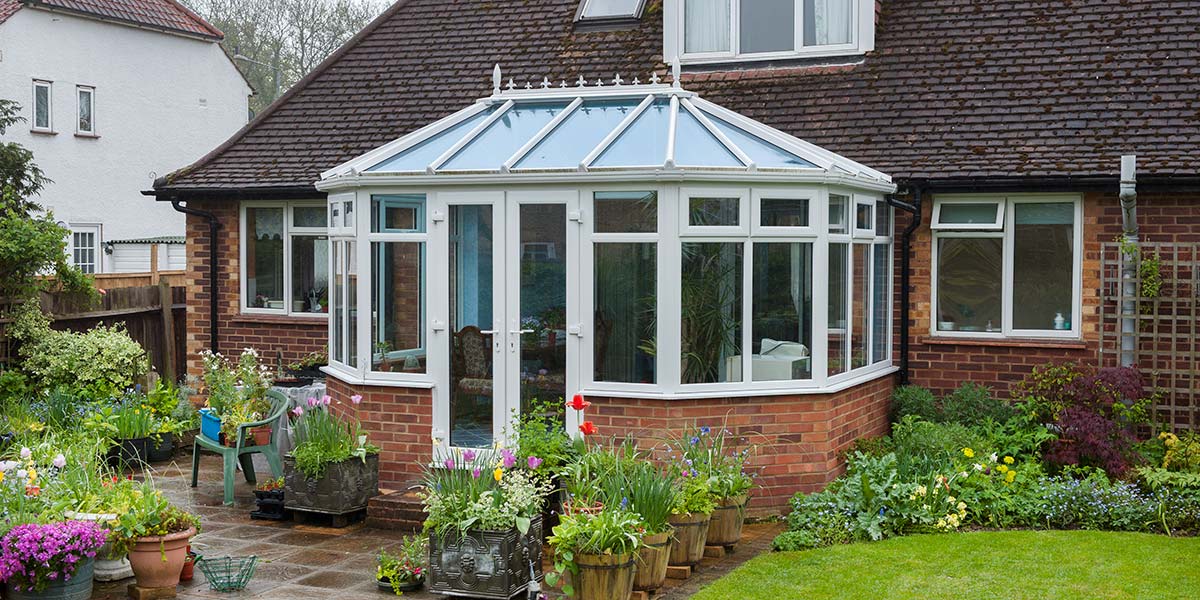You’re assured of a very warm welcome when you call into our Kendal showroom to view our fabulous products, with several experienced sales consultants ready and waiting to give you a helping hand.
Don’t Get Caught Out By Planning Permission
It’s at times like Christmas and New Year when you invite friends and relatives over to celebrate the festivities that you come to realise that your home no longer offers the spaciousness needed for such occasions.

This puts you in a difficult position in terms of what you do to rectify the problem – do you move house or do you extend your existing home?
Finances and a longing to stay where you currently live may lead you to explore the possibility of adding a conservatory.
If that’s the case it is important that you aware of planning permission considerations before commencing with the conservatory installation. Ignoring them could result in severe consequences.
Permitted development?
First, you need to find out if the proposed conservatory design is a “permitted development”. It will be if it meets these limits and conditions:
- No more than half the area of land around the “original house”* would be covered by additions or other buildings.
- No extension forward of the principal elevation or side elevation fronting a highway.
- No extension to be higher than the highest part of the roof.
- Single-storey rear extension must not extend beyond the rear wall of the original house* by more than three metres if an attached house or by four metres if a detached house.
- In addition, outside Article 2(3) designated land* and Sites of Special Scientific Interest the limit is increased to 6m if an attached house and 8m if a detached house until 30 May 2019.
- These increased limits (between 3m and 6m and between 4m and 8m respectively) are subject to the prior notification of the proposal to the Local Planning Authority and the implementation of a neighbour consultation scheme. If objections are received, the proposal might not be allowed.
- Maximum height of a single-storey rear extension of four metres.
- Extensions of more than one storey must not extend beyond the rear wall of the original house* by more than three metres.
- Maximum eaves height of an extension within two metres of the boundary of three metres.
- Maximum eaves and ridge height of extension no higher than existing house.
- Side extensions to be single storey with maximum height of four metres and width no more than half that of the original house.
- Two-storey extensions no closer than seven metres to rear boundary.
- Roof pitch of extensions higher than one storey to match existing house.
- Materials to be similar in appearance to the existing house.
- No verandas, balconies or raised platforms.
- Upper-floor, side-facing windows to be obscure-glazed; any opening to be 1.7m above the floor.
- On designated land* no permitted development for rear extensions of more than one storey.
- On designated land no cladding of the exterior.
- On designated land no side extensions.
* The term “original house” means the house as it was first built or as it stood on 1 July 1948 (if it was built before that date). Although you may not have built an extension to the house, a previous owner may have done so.
* Designated land includes conservation areas, national parks and the Broads, Areas of Outstanding Natural Beauty, and World Heritage Sites.
If permitted development rights apply to the conservatory you don’t to concern yourself with obtaining planning permission. Otherwise, a planning application will need to be submitted to your local authority.
Leave planning permission to Planet
Submitting a planning application is easy when you deal with Planet as we will do it on your behalf. Trust in us to take of everything.
Should you need to know anything more about planning permission, please do not hesitate to call into our Kendal showroom where you can speak to one of our consultants.
Want to speak with an Advisor? Give us a call on 0800 612 2255
Our friendly team will be pleased to help with any questions you may have.